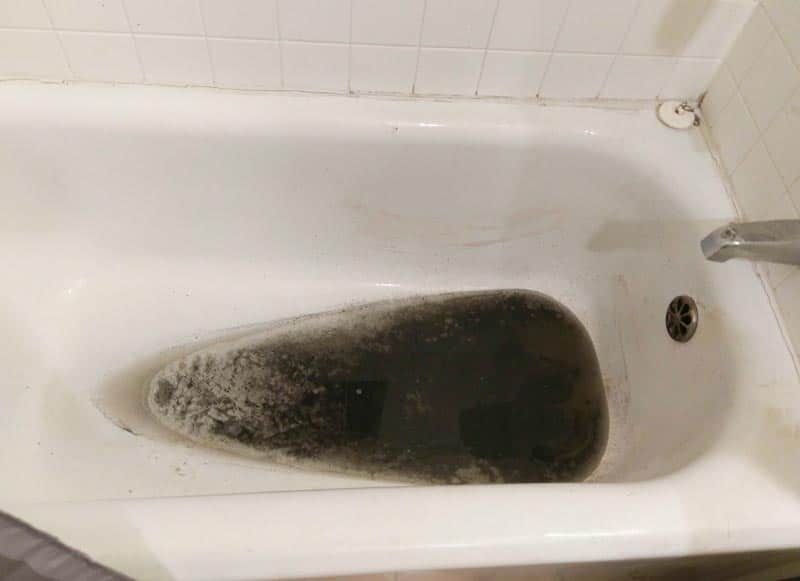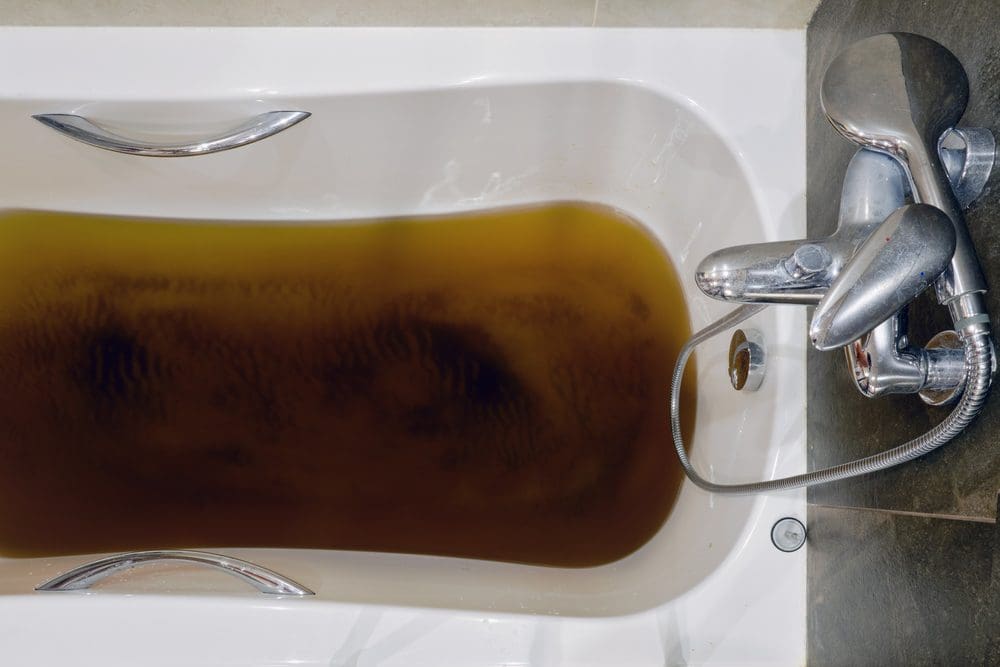Scrutinizing the Phenomenon of Effluent Rising Through the Bathtub
Scrutinizing the Phenomenon of Effluent Rising Through the Bathtub
Blog Article
The writer is making a few great annotation on What To Do If Sewage Starts Backing Up Into the Shower in general in this content beneath.

Sewage back-up in the bathtub can be a stressful and unhygienic trouble for any type of property owner. Not only is it troublesome, but it also postures serious health and wellness dangers and suggests underlying concerns with the plumbing system. Comprehending why sewage is showing up via the tub is crucial for taking proper activity to address the problem properly.
Intro to the Issue
Usual Factors for Sewer Backup
Blockages in the Sewer Line
Among one of the most typical reasons for sewer backup is an obstruction in the sewer line. This can occur as a result of the build-up of debris, oil, or international items in the pipelines, avoiding correct flow and creating sewage to back up right into your bathtub.
Tree Origin Intrusion
Tree origins looking for wetness and nutrients can penetrate drain lines via tiny fractures or joints. In time, these roots can grow and broaden, causing considerable damages to the pipes and resulting in sewage back-up problems.
Recognizing the Trouble
When sewage starts backing up into the bathtub, it's a clear indication of a trouble with the drainage system. The wastewater that should be flowing far from your home is rather finding its back into your space, which can lead to substantial damage and carcinogen.
Prospective Reasons
Several factors can contribute to sewer backup in the bath tub. From obstructions in the sewer line to concerns with the plumbing facilities, identifying the origin is essential for finding an option.
Aging Infrastructure
Older homes may have dated plumbing systems that are much more vulnerable to deterioration, splits, and deterioration. As pipelines age, they become much more susceptible to leaks and blockages, boosting the probability of sewage back-up incidents.
Heavy Rainfall or Flooding
Throughout periods of heavy rainfall or flooding, the sewer system might become overloaded with excess water, creating back-ups and overflows. This can lead to sewage backing up right into bath tubs and various other components inside the home.
Signs of Sewage Back-up
Foul Odors
Unpleasant smells emanating from drains pipes or components, particularly in the bathroom, may show sewer back-up concerns. These odors are typically solid and persistent, indicating a trouble that requires prompt focus.
Slow Draining Fixtures
Bath tubs, sinks, and commodes that drain pipes gradually or otherwise in all could be experiencing sewer backup. If multiple fixtures are affected concurrently, it's likely that the concern stems from a typical point, such as the major sewage system line.
Gurgling Noises
Unusual gurgling or gurgling noises originating from drains when water is running elsewhere in your house are a sign of air entraped in the plumbing system. This air buildup can arise from sewer back-up and need to be explored without delay.
Health And Wellness Threats Related To Sewer Back-up
Contamination of Water
Sewer backup can infect the water supply in your home, positioning a serious health and wellness danger to you and your family members. Exposure to polluted water can cause stomach issues, skin infections, and other ailments.
Mold and mildew Growth
Moisture from sewer backup can develop ideal problems for mold and mildew growth in your home. Mold and mildew spores can exacerbate respiratory system problems and trigger allergies in sensitive individuals, making timely cleaning vital.
Spread of Condition
Sewage has dangerous bacteria, viruses, and bloodsuckers that can create a variety of conditions, including hepatitis, cholera, and gastroenteritis. Coming into contact with sewage or polluted surface areas puts you at risk of infection.
Cleaning Up After Sewage Backup
Sanitation Procedures
Extensively decontaminate and sterilize impacted areas after sewage backup to remove hazardous microorganisms and protect against mold and mildew growth. Usage ideal cleaning products and protective equipment to make sure safe and efficient cleanup.
Remediation of Influenced Areas
Repair any type of damages to floor covering, walls, or fixtures brought on by sewer back-up. Depending upon the extent of the damages, you may need to change carpets, drywall, or various other products to recover your home to its pre-loss condition.
Immediate Actions to Take
Turning Off Water
In case of sewage back-up, it's essential to turn off the water system to avoid further contamination and damages. Find the primary water shutoff valve in your home and shut it off until the problem can be settled.
Getting In Touch With an Expert Plumber
Handling sewage back-up is not a DIY task. Contact a licensed plumber with experience in managing sewage-related issues to assess the circumstance and perform needed repairs or cleanings.
Avoiding Contact with Polluted Water
Up until the sewage back-up is resolved, prevent contact with contaminated water to prevent the spread of bacteria and virus. Wear safety gear if you should remain in the damaged area and clean your hands completely later.
Preventive Measures
Normal Maintenance of Sewer Lines
Schedule routine inspections and maintenance of your drain lines to determine and deal with prospective concerns before they rise into major troubles. This can include cleaning particles, evaluating for tree origin invasion, and repairing any kind of broken pipelines.
Installing Bayou Valves
Take into consideration mounting backwater shutoffs in your plumbing system to stop sewage from receding into your home throughout periods of heavy rainfall or flooding. These shutoffs instantly close when water starts backing up, protecting your residential property from contamination.
Correct Disposal of Household Waste
Avoid purging anything apart from toilet paper and human waste down the bathroom to stop clogs and obstructions in the drain line. Dispose of oil, oil, and other family chemicals correctly to reduce the threat of plumbing problems.
Why Is Water Backing Up in My Bathtub When I Flush My Toilet?
What to do about a sewer line clog
First, don’t bother with plunging. No amount of plunging will dislodge the clog in a sewer line. The clog is too far away. Plungers are for clogs in the toilet itself, not the sewer line. Plus, the most likely causes of a sewer clog are:
Tree roots Flushed toys or feminine products Grease buildup Those items don’t move easily. And in the case of tree roots, the roots need to be cut out of the pipe and the pipe will need to be repaired.
You’ll need a closet auger. A closet auger is a type of plumber’s snake with a protective cover to keep from scratching the delicate porcelain toilet. If the clog is further down, you may need to remove the toilet or use one of your cleanouts to get to the clog.
We also recommend doing a video inspection of the drain to ensure that the cause of the clog has been completely removed. Otherwise, you could have the same problem again in a few days or weeks.
https://mspplumbingheatingair.com/blog/why-is-water-backing-up-in-my-bathtub-when-i-flush-my-toilet

I was introduced to that write-up on Why is There Sewage Coming Up Through the Bathtub from someone on another web address. Are you aware of someone else who is involved in the topic? Take a moment to promote it. Many thanks for taking the time to read it.
Visit Url
Report this page